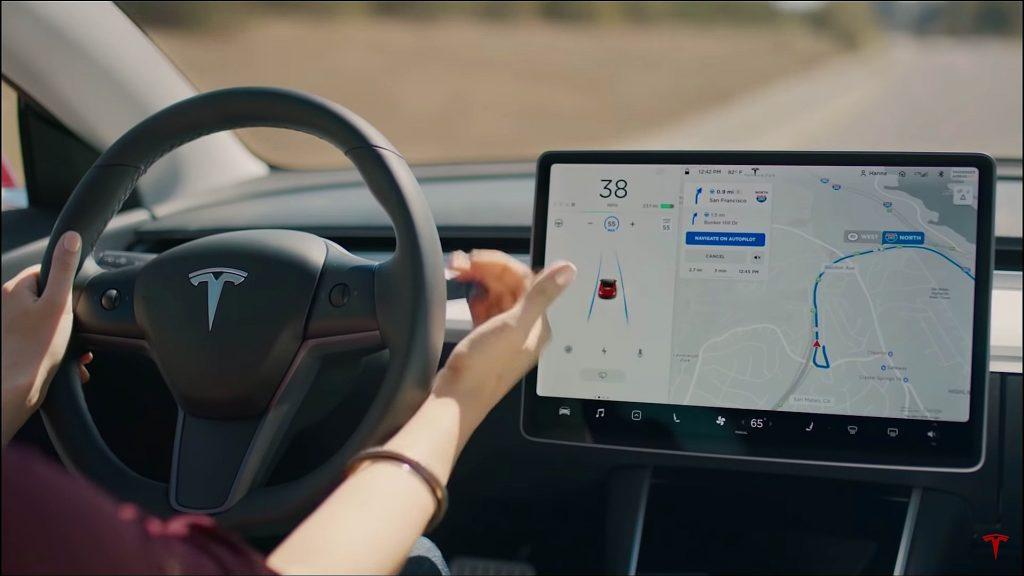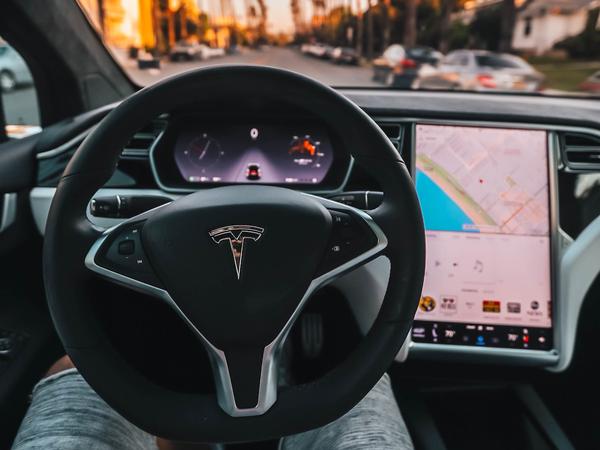
Tesla has started pushing a new software update that enables Autopilot to better use regenerative braking. It should result in higher efficiency and a smoother experience in stop-and-go traffic, where Autopilot is really useful.
Regenerative braking is one of the coolest things about electric vehicles. An average electric powertrain is already much more efficient than even the best internal combustion engines, but the gap can be widened even further with intelligent use of regenerative braking.
Automakers have incorporated the technology in many different ways to control the strength of the regenerative braking, which consists of harnessing energy while slowing a vehicle to help charge the battery by tapping into the ability of an electric motor to turn into a generator.
Tesla has been known to have one of the most aggressive regenerative braking systems, but it has the lowest level of customization. The automaker previously only had two options – standard and low – but it removed them in 2020 to only have the standard as default.
New EV drivers may need some time to adapt to stronger regenerative braking, which can even enable one-pedal driving as the car can sometimes come to a complete stop quite rapidly just by taking your foot off the accelerator.

For Tesla, Autopilot adds another layer to regenerative braking since it is controlled automatically when using the traffic-aware cruise control feature. Autopilot uses both the regenerative braking and the regular brake pads, but it can always improve the balance for efficiency.
Now Tesla has started to release a new software update (2022.4) that improves on this balance to use more regenerative braking at low speed.
The automaker wrote in the release notes:
Regenerative Braking in Autopilot
Autopilot will now use more regenerative braking at low speeds for higher efficiency and an improved driving experience, especially in stop-and-go traffic. Increased use of regenerative braking results in less brake pedal noise and smoother stops.
The software update is now starting to be pushed to the fleet, but it can take days to weeks to propagate completely.
FTC: We use income earning auto affiliate links. More.
Subscribe to Electrek on YouTube for exclusive videos and subscribe to the podcast.